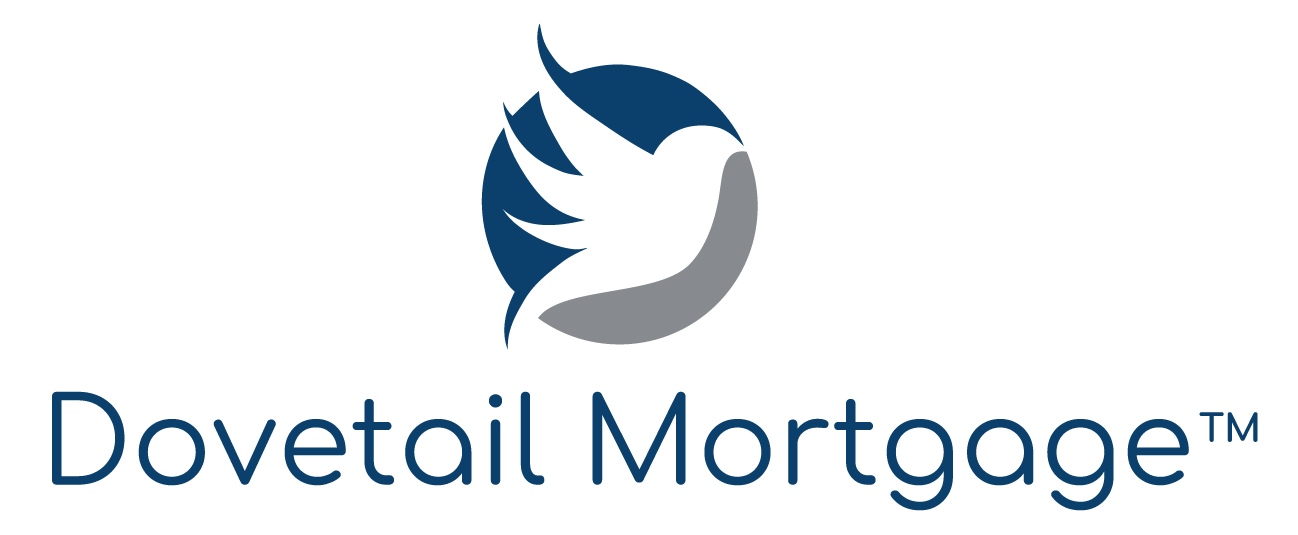- 508.809.7176
- info@dovetail-mortgage.com
Fixed & Adjustable Rate Loans
Main Heading
Secondary Heading
Fixed-rate loans and adjustable-rate loans (ARMs) are the two primary mortgage types. While the marketplace offers numerous varieties within these two categories, the first step when shopping for a mortgage is determining which of the two main loan types best suits your needs.
Fixed Rate Loan
Section Sub-Heading
A fixed rate mortgage charges a set rate of interest that does not change throughout the life of the loan. Although the amount of principal and interest paid each month varies from payment to payment, the total payment remains the same, which makes budgeting easy for homeowners.
The main advantage of a fixed rate loan is that the borrower is protected from sudden and potentially significant increases in monthly mortgage payments if interest rates rise. Fixed-rate mortgages are easy to understand and vary little from lender to lender. The downside to fixed-rate mortgages is that when interest rates are high, qualifying for a loan is more difficult because the payments are less affordable.
Although the rate of interest is fixed, the total amount of interest you’ll pay depends on the mortgage term. Traditional lending institutions offer fixed-rate mortgages for a variety of terms, the most common of which are 30, 20, and 15 years.

The 30-year mortgage is the most popular choice because it offers the lowest monthly payment. However, the trade-off for that low payment is a significantly higher overall cost, because the extra decade, or more, in the term is devoted primarily to paying interest. The monthly payments for shorter-term mortgages are higher so that the principal is repaid in a shorter time frame. Also, shorter-term mortgages offer a lower interest rate, which allows for a larger amount of principal repaid with each mortgage payment. Thus, shorter term mortgages cost significantly less overall.
Adjustable Rate Loan
Section Sub-Heading
The interest rate for an adjustable rate loan is a variable one. The initial interest rate on an ARM is set below the market rate on a comparable fixed-rate loan, and then the rate rises as time goes on. If the ARM is held long enough, the interest rate will surpass the going rate for fixed-rate loans.
ARMs have a fixed period of time during which the initial interest rate remains constant, after which the interest rate adjusts at a pre-arranged frequency. The fixed-rate period can vary significantly—anywhere from one month to 10 years; shorter adjustment periods generally carry lower initial interest rates. After the initial term, the loan resets, meaning there is a new interest rate based on current market rates. This is then the rate until the next reset, which may be the following year.
The biggest advantage of an ARM is that it is considerably cheaper than a fixed-rate mortgage, at least for the first three, five, or seven years. ARMs are also attractive because their low initial payments often enable the borrower to qualify for a larger loan and, in a falling-interest-rate environment, allow the borrower to enjoy lower interest rates (and lower payments) without the need to refinance the mortgage.
A borrower who chooses an ARM may save several hundred dollars a month for up to seven years, after which his or her costs are likely to rise. The new rate will be based on market rates, not the initial below-market rate. If you’re very lucky, it may be lower depending on what the market rates are like at the time of the rate reset.
The ARM, however, can pose some significant downsides. With an ARM, your monthly payment may change frequently over the life of the loan. And if you take on a large loan, you could be in trouble when interest rates rise: Some ARMs are structured so that interest rates can nearly double in just a few years.

